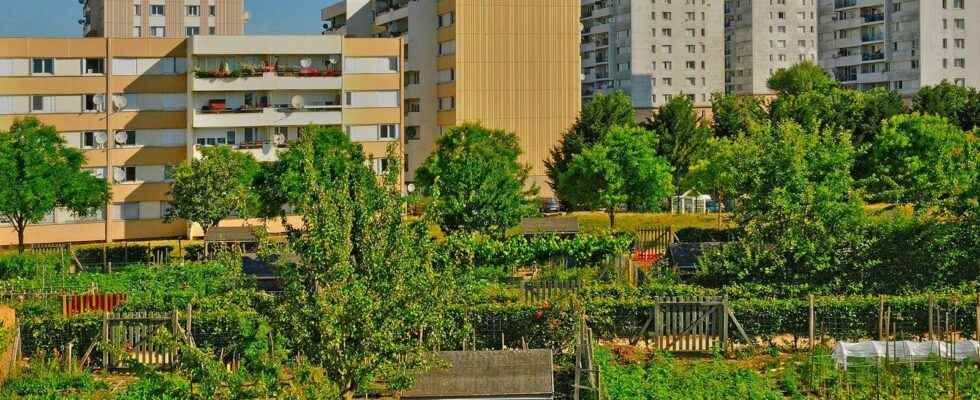Sharing the pleasures of gardening by creating or participating in a community garden, a great project. In addition to producing food, this garden makes it possible to create intergenerational and intercultural social links as well as exchanges.
What is the principle of a shared or collective garden?
This is cultivable or fallow land made available to inhabitants of a city who do not benefit from green space. It can also be a group of inhabitants of the same district. The starting point: the desire to garden together in the same common and friendly place. Authorization from its owner, whether local government, private owners or others, is required. This is how urban or peri-urban areas are transformed into collective gardens. These gardeners have the task of managing, animating and cultivating this green space. In general, an association is set up in order to be able to finance equipment collectively, to take decisions collectively and to possibly be able to apply for subsidies from different municipalities. If you want to set up the project and manage a shared garden, associations like Garden Seed Where Share the Gardens can accompany you.
What crops in a shared garden?
The food garden is generally the first reason for organizing a shared garden. Vegetables, aromaticberries and even trees fruit trees are grown on more or less spacious plots of land; cut into individual plots. This can extend to composterin the chicken coop or hive. This space makes it possible to animate workshops on the composting to reduce the waste green and household, the recycling objects for gardening, making honey and even breeding. Everyone can use their experience to share it with as many participants as possible.
How to self-manage a shared garden?
It is important to put in place a regulation or an operating book which will lay down a few rules such as:
- the opening hours and days of the garden;
- management of materials and self-service equipment;
- the organization of the common areas;
- the Water Management ;
- the distribution of tasks for the various members;
- respect for the biodiversity and many others.
Solidarity, conviviality, sharing and respect for nature are the main foundations of the life of a shared garden.
You will also be interested
Interested in what you just read?
